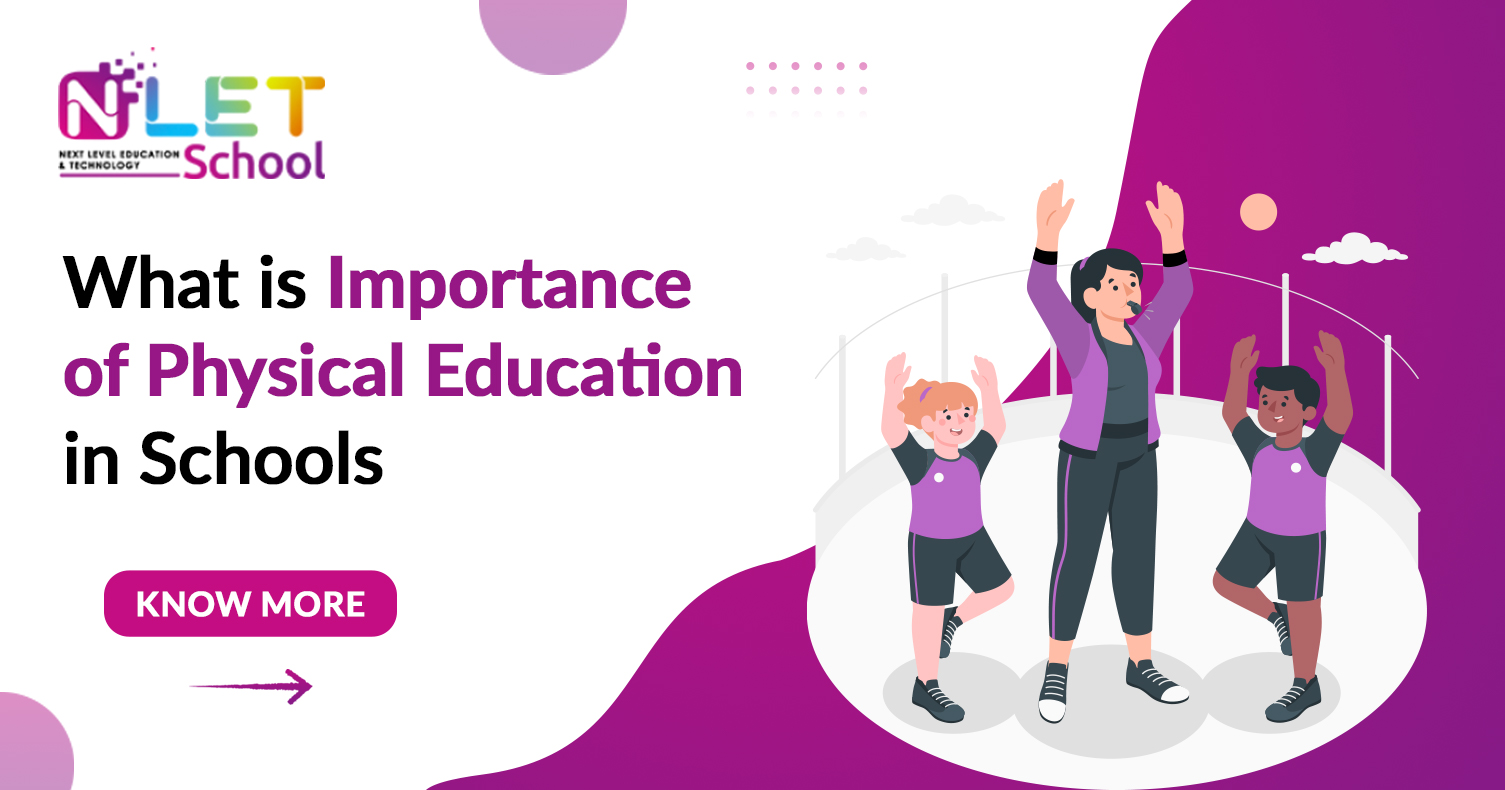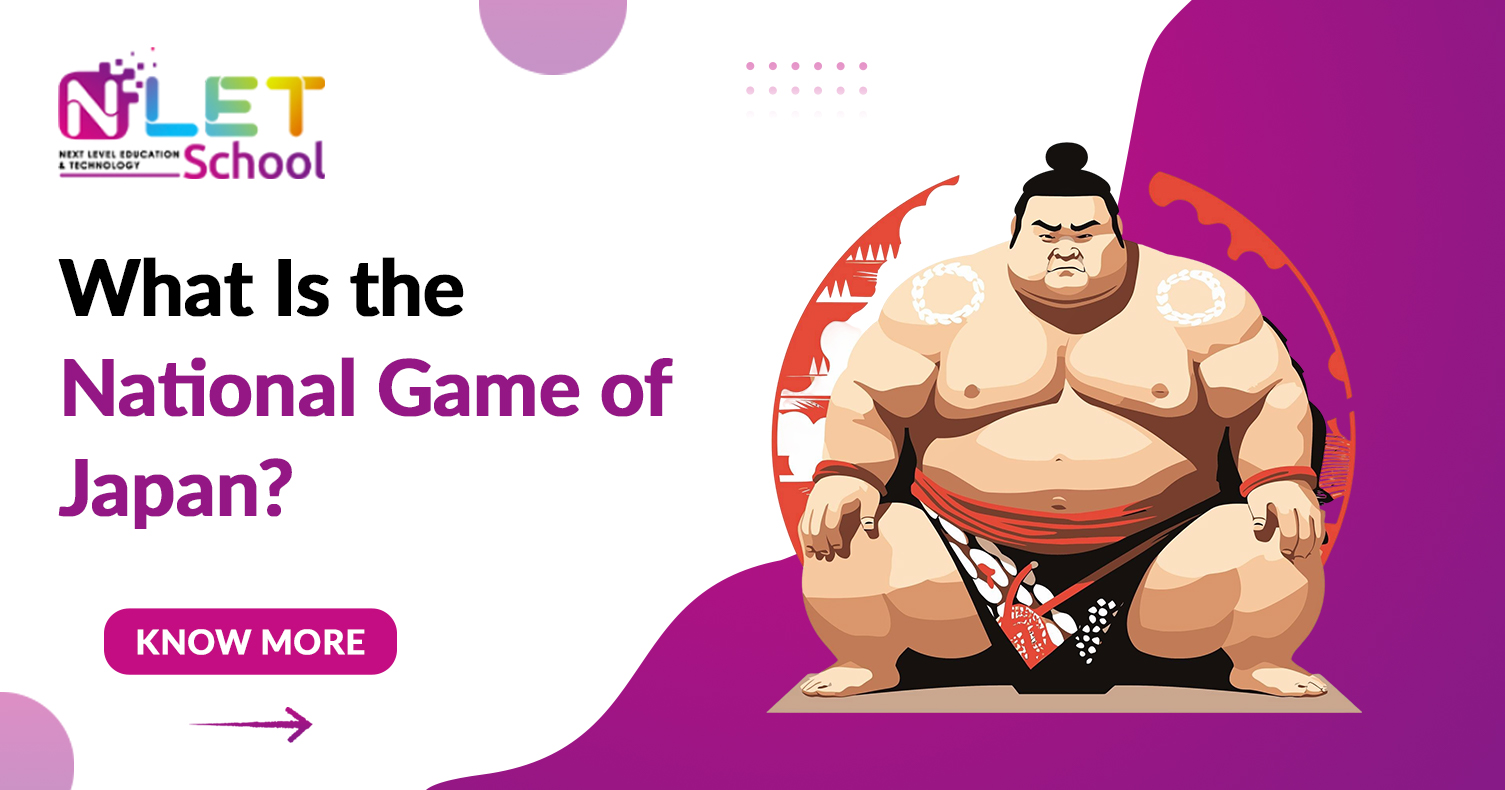What is Importance of Physical Education in Schools
Introduction about Importance of Physical Education
The importance of physical education in schools has grown significantly over the years, as educators and parents recognize its role in promoting both physical and mental well-being. To begin, let us define physical education meaning: it is an academic subject that focuses on the development of physical fitness, motor skills, knowledge about physical health, and the ability to participate in various forms of physical activity. This subject not only enhances a student’s fitness levels but also improves social skills, teamwork, and overall health. In this blog, we will explore the significance of physical education, its purpose, and why it is essential for students of all ages.
Definition for Physical Education and Its Purpose
The definition for physical education can be summarized as a structured program of physical activity that aims to improve health, develop physical skills, and encourage a lifelong active lifestyle. The purpose of physical education is not just about exercise; it is about instilling values, discipline, cooperation, and confidence in students.
By focusing on physical education purpose, schools ensure that students develop a strong foundation of physical health and education while fostering mental resilience.
Why Physical Education is Important in Schools
Many wonder why physical education is important when students already have academic subjects to focus on. The answer lies in balance. Academic excellence alone does not guarantee a healthy and successful life. The importance of education and health goes hand-in-hand; without good health, academic performance can decline. Physical education benefits students by improving physical strength, mental focus, and emotional stability.
Importance of Sports in Student Life
Sports play a crucial role in shaping a student’s overall development and are an integral part of physical education. Through active participation in sports, students not only improve their physical fitness but also develop essential life skills such as teamwork, leadership, discipline, and time management. Since sports are a structured and engaging form of physical activity, they directly align with the purpose of physical education — promoting health, building character, and encouraging an active lifestyle. By integrating sports into school life, educators ensure that students experience both the physical benefits of physical education and the emotional satisfaction that comes from personal achievement and collaborative success.
Objectives for Physical Education in Schools
The objectives for physical education in schools can be summarized as:
- Developing physical fitness and healthy habits.
- Teaching the rules, techniques, and strategies of various sports.
- Encouraging teamwork and fair play.
- Promoting the value of lifelong physical activity.
- Building self-confidence and discipline.
Physical Education Need and Importance
The physical education needs and importance become clear when we look at the growing health concerns among children, such as obesity, poor posture, and lack of stamina. A regular physical education class encourages active lifestyles, helps prevent lifestyle diseases, and develops healthy habits from a young age. Moreover, the advantages of physical education include improved cardiovascular health, better muscle coordination, and enhanced flexibility.
Benefits from Physical Education
There are numerous benefits from physical education that extend beyond the body:
- Physical Benefits of Physical Education: Enhanced strength, endurance, flexibility, and agility.
- Mental Benefits: Reduced stress, improved mood, and better concentration in academic subjects.
- Social Benefits: Teamwork, leadership skills, and respect for others.
These physical education benefits play a critical role in shaping students into well-rounded individuals.
Relation of Physical Education with General Education
The relation of physical education with general education is strong and interdependent. While general education focuses on intellectual growth, physical health and education work together to ensure that students are physically capable of meeting academic demands. This relationship highlights the education importance in our life as a holistic process that includes both mental and physical development.
Explain Physical Education for Modern Students
To explain physical education to today’s generation, we must show that it is more than just sports or games. It is an educational process that uses physical activity as a tool to teach life skills, resilience, and healthy living. The significance of physical education in this modern era is evident in how it combats sedentary lifestyles caused by excessive screen time.
Conclusion: The Lasting Importance of Physical Education
The importance of physical education in schools cannot be overstated. From improving health to fostering social connections and building character, it plays a vital role in shaping the leaders of tomorrow. When schools emphasize the physical education need and importance, they prepare students not just for exams, but for life itself. A balanced education — combining academics with physical education benefits — ensures that students leave school ready to lead active, healthy, and fulfilling lives.
Enhancing Physical Education Management with NLET School Management Software
With NLET School Management Software, promoting the importance of physical education in schools becomes more efficient and organized than ever. Our platform allows schools to seamlessly schedule physical education classes, track student participation in sports, record fitness assessments, and monitor overall health progress. By integrating these features, school administrators can ensure that the physical education need and importance is met alongside academic goals. From managing sports events to keeping detailed records of student achievements, NLET School Management System empowers educators to deliver a balanced curriculum that values both intellectual growth and physical well-being.




